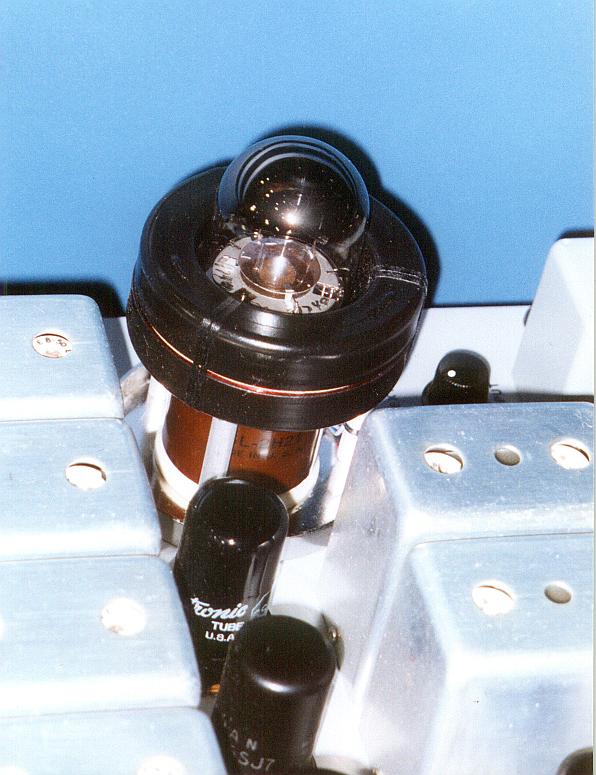> Why is grid2 hardwired to the filament?
They have 10 pounds of junk in a 9-pound bottle. Some two functions must share a pin. The path they choose requires one end of the heater to be grounded. Series-string TV sets always have a tube at the bottom, though usually the chroma isn't your first choice.
In high quality audio, a grounded heater-end is bad news for AC heat. With DC heat it may be "natural".
>Control voltage goes to grid, audio signal goes to the two deflectors.
In your proposed connection, the tube does look linear and ample output down 20dB-26dB of gain reduction. The current will fall the same amount, which is better than the near square-root curve of typical tubes in the classic Gm VCA. But current still falls a lot. Resistor loading would give huge common-mode shift. Current starts high, so it is a non-trivial transformer design, even if the balance stays "good".
I bet drive signal must be well balanced or it loses focus and those sharp curves degrade. "All" electrostat CRTs use push-pull deflection to preserve focus... actually I have two elderly 'scopes with single ended drive, and the focus and trapezoiding is quite apparent. The output of this tube is in effect the shape of a (1-D) CRT trace, so poor deflection balance will give sloppy output.
That also seems to rule out use as a long-tail phase splitter for push-pull power amp grids, though such schemes often tolerate high unbalance well.
There is yet another way to use this tube. Apply signal to G1. Swing it from zero to -4V (-2V bias) or add a cathode resistor for more linarity. One plate goes to load. Other plate idles, or is used as NFB to the input. Waggle the deflection electrodes. It is a current-steering VCA, often found in chips. In this form it has large DC shift with control, but you can use two push-pull, and then sum the "idle" plates to get a no-signal DC current the inverse of the DC current of the signal plates' current and null the shift.
The 6AR8 text mentions offset deflection errors. In the original switching operation, that just means you overdrive a little more. I gather that the exact shape of the diagonal lines is NOT essential to chroma matrix duty, and may not be as neat and symmetrical as the pretty picture.
This deflection control is NOT like any "normal" tube amp. It seems superficially like a GM VCA, but in the classic VCA the two tubes work independently. In the sheet-beam, there is really only one electron highway but it bends to two exits.
When you poke at it long enuff, you wonder.... is this really a tube circuit? Or has it been hacked so "good" that it may as well be done in transistors, and better with a chip?
















![Soldering Iron Kit, 120W LED Digital Advanced Solder Iron Soldering Gun kit, 110V Welding Tools, Smart Temperature Control [356℉-932℉], Extra 5pcs Tips, Auto Sleep, Temp Calibration, Orange](https://m.media-amazon.com/images/I/51sFKu9SdeL._SL500_.jpg)
















